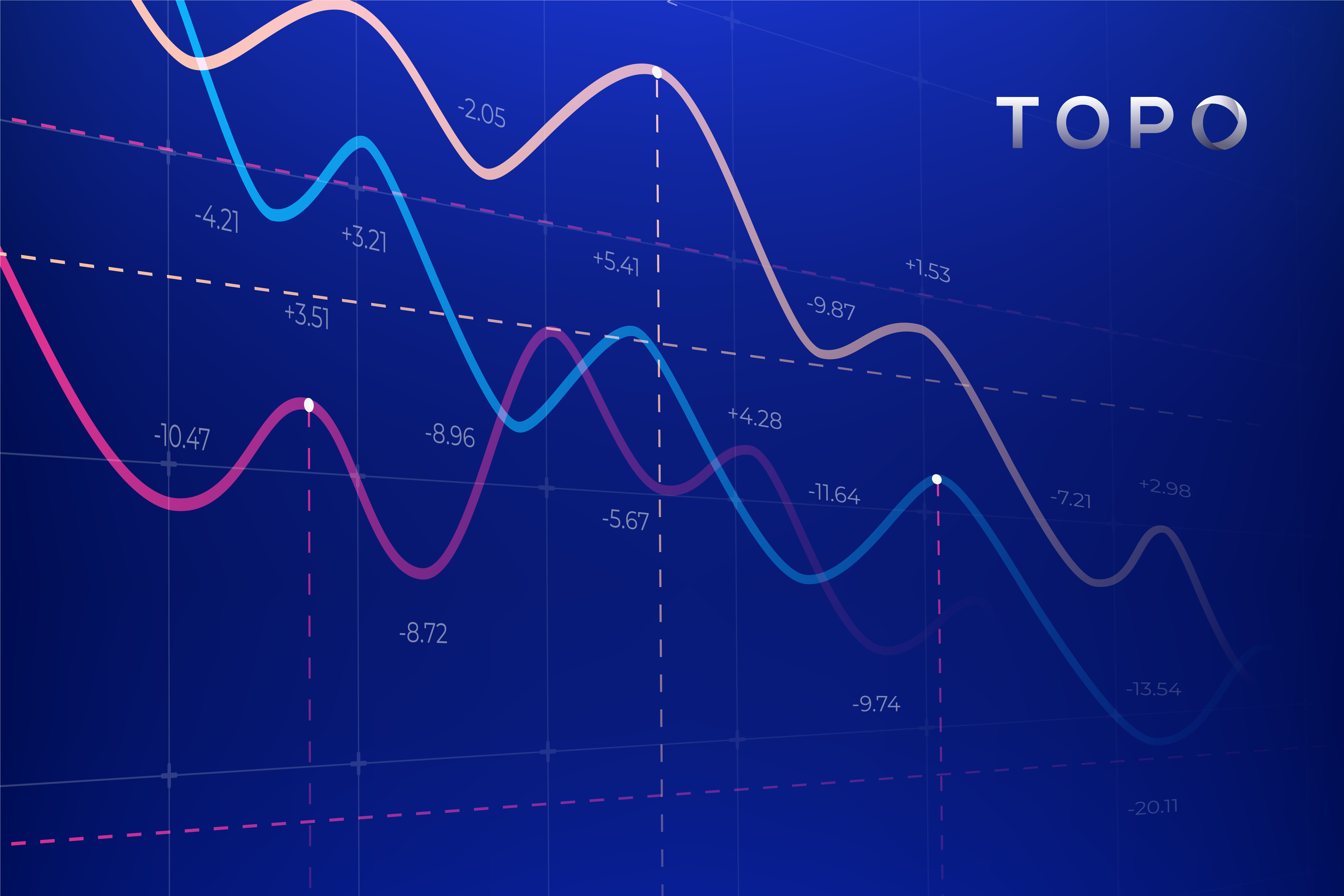Request a Demo
Trusted by leading brands, retailers, manufacturers and service providers across industries such as:
















Supply chains are becoming more complex, risk events are proliferating, disruptions are ever-present. The economic outlook is unstable, making it difficult to plan. With these complexities comes risk and unforeseen obstacles, sometimes, it looks disastrous.
Data is vital to businesses for decision-making and planning amid the chaos. Supply chain leaders are beginning to realize their power in driving operational efficiency and cost reduction. Data can be facts or figures that can be used to improve processes, speed up shipments or as input to strategic planning decisions or product development. Data points are found in many places: invoices, delivery notes, contracts, supplier master files, quotations, audits, tech packs, sampling, testing, packaging, CO2 emissions and payments. Data is only useful if it is accurate, analyzed, and actionable. Modern technology tools have transformed the process of data analysis, providing reliable, real-time and actionable information in visible and easy-to-navigate formats.
A Gartner survey has shown that data analysis is the leading priority in supply chain, closely followed by internet-of-things (IoT) and cloud computing. By 2023, 60% of organizations will compose components from three or more analytics solutions to build business applications infused with analytics that connect insights to actions. Through 2024, 50% of supply chain organizations will invest in applications that support artificial intelligence and advanced analytics capabilities.”
McKinsey describes supply-chain analytics as the ability to use data and quantitative methods to improve decision-making for all activities across the supply chain. This is made possible by ensuring that the data is complete, transparent, and visible.
Supply chains generate a huge quantity of data. Using supply chain analytics, one can make sense of the data by converting it into useful information. This information provides insights that are used to make business decisions which drive growth and save cost. Recent research revealed that 29 percent of companies reported higher levels of ROI post implementation of data analytics in their routine operations. By contrast, only four percent of companies reported no ROI or ROI below expectations.
Data analytics can be applied across the entire supply chain. It can be used in different ways:
As per IDC predictions, the amount of digital data generated will grow from 33 Zettabytes (ZB) in 2018 to 175 ZB by 2025. By 2025 49% of the world’s stored data will reside in public cloud environments.
As people are trying to understand the new normal, there is a high level of disruptions, recessionary state of affairs and not enough staff in the supply chain.
Capturing data at every touchpoint in the supply chain provides the basis for quality analyses. It reduces the manual and administrative tasks pressure on global staff. Capturing this data is the first step but knowing what to do with it is equally, if not more important. Companies are “data rich, information poor”. They need technology that can do this but also the right team to be sure the data is returned in a way that is meaningful. Software solutions are playing a significant role in capturing end-to-end data from the supplier through to the customer. Only by analyzing all relevant data can you find the trends and patterns that lead to better decisions.
Creating a balanced scorecard of the below key factors and feeding them with data is the first step.
Resiliency in your supply chain, and environmental, sustainability, and governance compliance (ESG) and economic conditions can only be achieved if data from these key factors is captured and returned in a way that is reflective of their impact on your value chain and business overall. Ultimately, reducing risk will depend on how broadly and comprehensively this is executed.
Using technology, data from multiple systems can be aggregated and presented visually for analysis at detail or summary level. Data must be available in real time. For example: pricing (tendering), production monitoring, quality management, achieving Environmental, Social, and Governance (ESG) goals, and more is not possible without live data.
Suppliers are vital to an organization’s success. Keeping open lines of communication and sharing quality information saves time, avoids bottlenecks, and builds relationships. It also promotes trust, leading to lower risk and better collaboration. Data can be used to better understand suppliers, their capabilities, preferences, and challenges. Some data can be communicated clearly without intervention, whereas other points require explanation or context to ensure alignment. Working within a collaborative platform will allow for the right balance of shared data and organized communication.
Data is generated in many sub-systems and formats, from many locations, and must be combined in a meaningful way. Aggregating large files of unstructured data can be difficult and slow but connected data is the key to success. Quality decisions cannot be achieved if data is incomplete, inaccurate, or stale.
The value of data analytics is to deliver quicker insights in real time. Topo provides the end-to-end capabilities of an analytical solution from data acquisition through to management reporting. Users can view real-time information in an easy-to-read format. Data can be sliced-and-diced as required according to chosen criteria. Examining the data by supplier, product category, or geography enables quick and informed decision-making.
At Topo, we capture data at every touch point in the supply chain, so you can get a complete picture of what is happening. Only by analyzing that data can you find the trends and patterns that will help you make better decisions.
Data analytics has become a strategic priority within supply chain, but the process is complex and time-consuming without the support of the right solution. TOPO’s low code solution for data collection and analytics means a quick set-up and deployment. Our supply chain technology lets our clients easily capture data from multiple systems, creating information that can be viewed holistically.
Explore how Topo’s technology can help you gain efficiency and save cost amid the chaos of economic downturn and supply chain complexities.